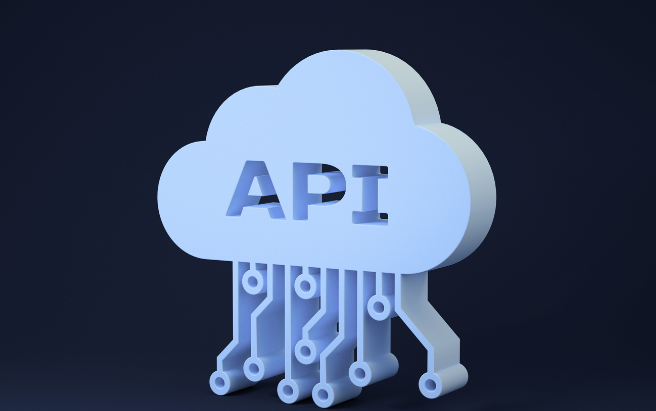As digital transformation accelerates, banks and financial organizations face a big question: stick with legacy integration methods, or upgrade to a modern, cloud-ready integration platform like FinConnect? The answer has major implications for your speed, cost, scalability, and risk exposure.
Let’s break down the real-world differences, so you can make the best decision for your next project.
1. Cost Comparison
Traditional Integration:
- High upfront development and consulting fees
- Manual processes and custom code add to ongoing expenses
- Frequent unexpected costs during upgrades or maintenance
FinConnect:
- Predictable, subscription-based pricing with no hidden surprises
- 300+ prebuilt connectors dramatically reduce development time and cost
- Automation lowers manual workload and IT support hours
Bottom Line:
Banks using FinConnect report up to 40% lower total cost of ownership compared to traditional methods.
2. Speed to Market
Traditional Integration:
- Projects can take months or even a year to go live
- Bottlenecks from legacy systems, siloed teams, and vendor coordination
- Delays mean lost opportunities and frustrated customers
FinConnect:
- Launch new integrations in weeks, not months
- Low-code tools empower business and IT users to collaborate and deliver faster
- Real-time monitoring and automation keep projects moving
Bottom Line:
FinConnect clients go live 2–4x faster than with legacy approaches.
3. Scalability
Traditional Integration:
- Scaling means more manual work and complex upgrades
- Difficult to adapt as your business grows or regulations change
- Limited flexibility for adding new fintech partners or digital channels
FinConnect:
- Cloud-native, hybrid architecture scales effortlessly as your needs change
- Modular design lets you add new integrations and partners without starting from scratch
- Future-proof, adapts to technology shifts and compliance updates
Bottom Line:
FinConnect enables true digital agility and growth, so you can lead, not follow.
4. Risk and Compliance
Traditional Integration:
- Manual work = higher risk of errors and compliance gaps
- Limited real-time visibility, making it hard to catch issues early
- Challenging to maintain consistent security and audit trails
FinConnect:
- Automated, always-on compliance with audit logs, role-based access, and security built in
- Instant alerts for anomalies, helping your team act before risks escalate
- Comprehensive, real-time tracking across every integration and channel
Bottom Line:
FinConnect dramatically reduces operational and compliance risk, giving you peace of mind.
5. Visual Comparison Chart
| Feature/Factor | Traditional Integration | FinConnect |
| Cost | High, unpredictable | Lower, predictable |
| Speed | Slow (months/year) | Fast (weeks/months) |
| Scalability | Rigid, manual upgrades | Effortless, modular, cloud |
| Compliance/Risk | Manual, high risk | Automated, low risk |
| User Experience | Siloed, error-prone | Seamless, unified |
Why Modern Banks Choose FinConnect
Switching to FinConnect isn’t just about saving money or checking a box for compliance. It’s about setting your organization up to innovate, adapt, and grow, today and in the future.
Ready to see the difference for yourself?
Contact our team for a personalized demo or to download our FinConnect vs. Traditional Integration Guide.













